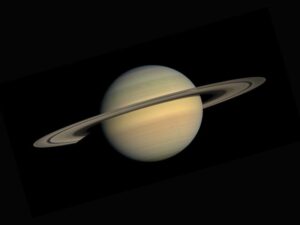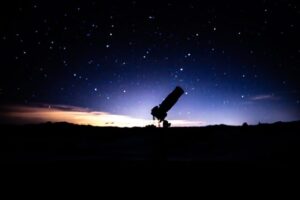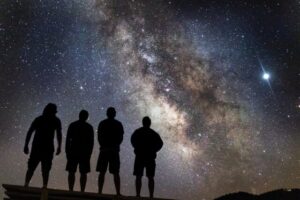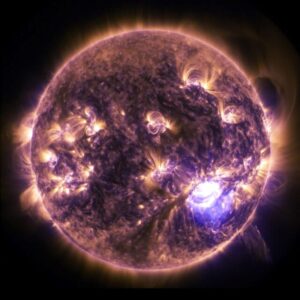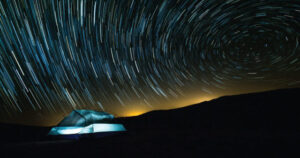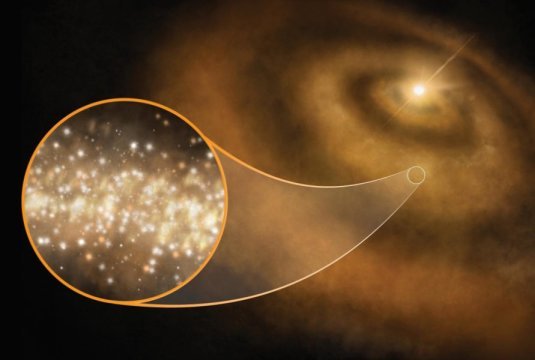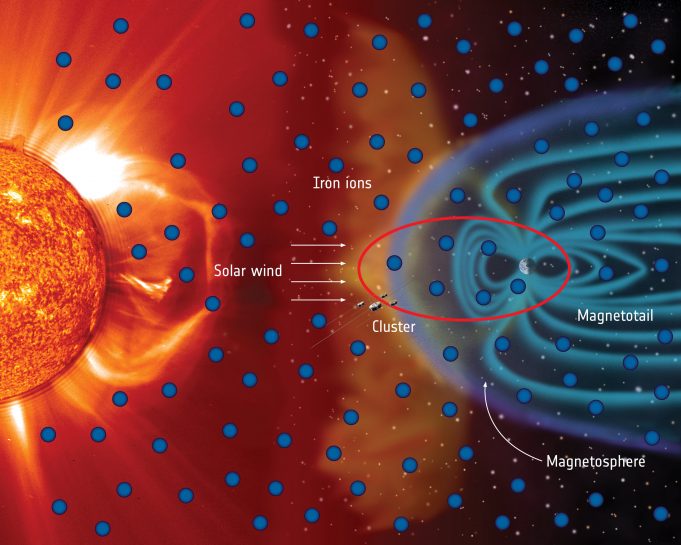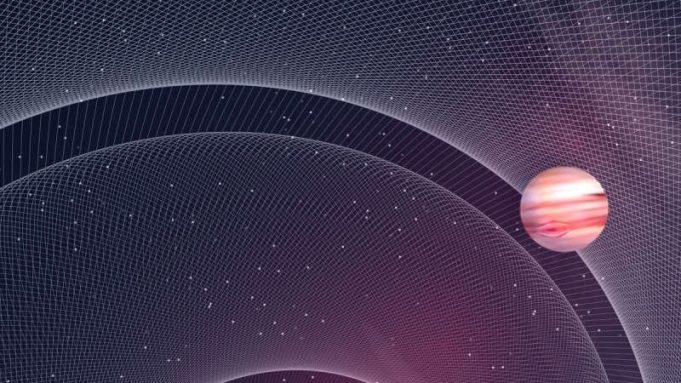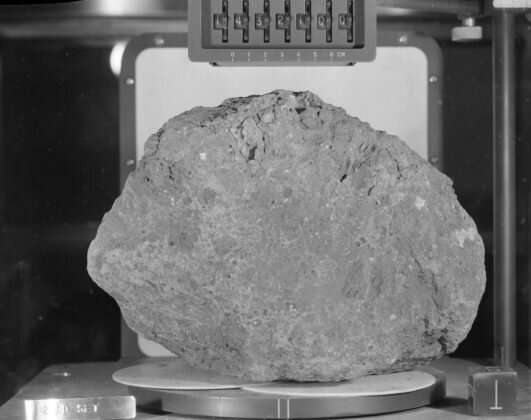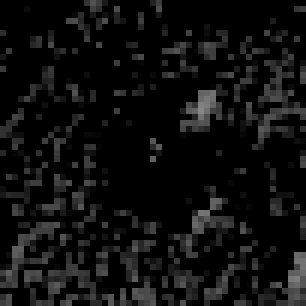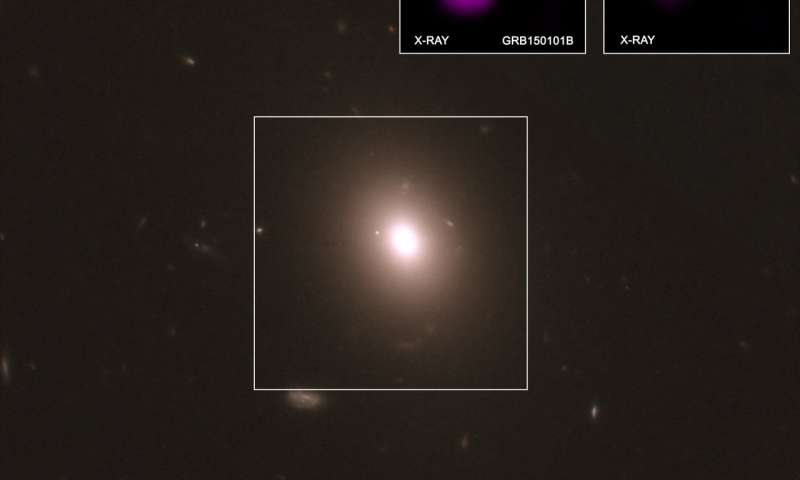Hubble Space Telescope imaging of the strong gravitational lens ER-0047-2808. Pictured in the centre of the image is the strong lens galaxy, whose mass is responsible for the deflection of the background source's light. The multiply-imaged source galaxy can...
Using over 18 years of data from ESA's Cluster mission, scientists have mapped the heavy metals in the space surrounding Earth, finding an unexpected distribution and prevalence of iron and shedding light on the composition of our cosmic environment.
Space...
SEAS researchers suggest that early Mars may have been warmed intermittently by a powerful greenhouse effect, possibly explaining water on the planet's surface billions of years ago. Credit: NASA
The presence of water on ancient Mars is a paradox. There's...
Temporal ratio image formed from two LROC Narrow Angle Camera images (after image divided by the before image) revealing a new 12 meter (~40 foot) diameter impact crater (Latitude: 36.536°N; Longitude: 12.379°E) formed between 25 October 2012 and 21...
In a recent paper in Nature Astronomy, researchers from the Max Planck Institute for Gravitational Physics (Albert Einstein Institute/AEI) in Potsdam and from the French Alternative Energies and Atomic Energy Commission (CEA) in Saclay, Paris suggest how the planned space-based...
In findings published overnight in science journal Earth and Planetary Science Letters, a sample collected during the 1971 Apollo 14 lunar mission was found to contain traces of minerals with a chemical composition common to Earth and very unusual...
Using data from NASA's Transiting Exoplanet Survey Satellite (TESS), astronomers at the University of Maryland (UMD), in College Park, Maryland, have captured a clear start-to-finish image sequence of an explosive emission of dust, ice and gases during the close...
On October 16, 2017, an international group of astronomers and physicists excitedly reported the first simultaneous detection of light and gravitational waves from the same source—a merger of two neutron stars. Now, a team that includes several University of...
An artists impression of GJ 436b can be seen in the background in this image.
Credit: NASA/JPL-Caltech
Astronomers from the University of Geneva (UNIGE), Switzerland, also members of the PlanetS National Centre of Competence in Research, have been working on a...
For the first time astronomers have detected gravitational waves from a merged, hyper-massive neutron star. The scientists, Maurice van Putten of Sejong University in South Korea, and Massimo della Valle of the Osservatorio Astronomico de Capodimonte in Italy, publish...
A research team led by Osaka University investigated the formation ages of 59 lunar craters with a diameter of approximately 20 km using the Terrain Camera (TC) onboard the lunar orbiter spacecraft Kaguya.
Kaguya (formerly SELENE, for SELenological and ENgineering...



